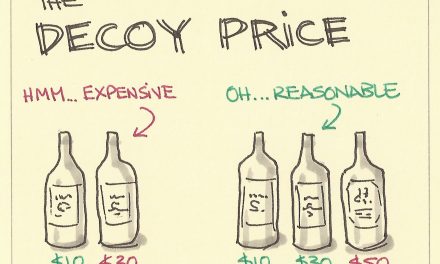Forex trading is a profitable pursuit that can be practised on a small scale and as such it has given hope to many over the years but especially in present times with Covid-19 and lockdown seeming permanent fixtures in our lives. Winning in forex requires strategy and today we bring to you 13 strategies that you can use to win in forex. The descriptions will come off as a bit short else this would turn into a very long article. You can do a little more research on the ones that excite you.
MACD
MACD stands for moving average convergence divergence and is used in all markets, not just forex markets. This strategy compares two moving averages of the same underlying asset, say a 15-day moving average compared to a 30 day moving average to give us an idea of where to expect the price to go. The two moving averages are plotted as lines on a chart and the signals are assessed visually.
Support and Resistance
Support and resistance levels occur when the price action of a commodity or asset indicates there is a level at which it will not fall below (support) or a level it won’t rise above (resistance). Using this information traders look to forecast the direction price will take particularly when it gets;’ close to these levels.
Range trading
Range trading works on the understanding that pairs tend to move within a range in forex markets. The range trader, therefore, identifies where within its range a pair currently is and where it will go from there.
Volume trading
The volume trading strategy is usually chart based though it does not always need them. The idea is simple, the thicker the volumes behind a price movement the stronger the movement. Also, note that major price movements tend to be backed with large volumes.
Scalping
Scalping is high octane and sometimes highly rewarding trading strategy which looks to take advantage of short term shocks in the price of an asset or currency pair. Scalping can work out very well with profits being made in between seconds and minutes.
Fading strategy
The fading strategy involves going against a trend and making money on the reversal of a trend. This involves identifying the impending reversal of a trend.
Momentum
Momentum trading involves identifying a trend that has just begun or a trend that will continue on the path that it is on. Traders will take up positions that back the trend whether it is an upward or downward trend.
Position
The position strategy commonly referred to as “buy and hold” simply involves buying into a position for an extended period. This occurs when a trader is confident in the direction of movement through fundamental analysis sometimes combined with technical analysis.
Spread trading
Spread trading involves taking up two (or more) positions that tend to move in differing directions. In this case, the two movements will cancel each other out and profit (or loss) is made from the degree the profitable position outweighs the losing position (and vice versa).
Swing trading
Swing trading involves the use of mathematical models to determine incoming swings or movements in the market. Traders then take positions waiting to profit on these swings. Mathematical models are used to eliminate emotional biases from the forecasting process.
Pinocchio strategy
The Pinocchio strategy is another strategy that’s based on chart analysis. This is with candlestick charts and observes the length of the wick (whiskers) to determine how reflective the overall movement of the market is indicative of future movement. The longer a wick is in the opposite direction of the movement a turnaround is expected in the next session. The Pinocchio name comes from the long wick indicate “lying” by the market.
1-2-3
1-2-3 trading combines a few techniques into one. 1-2-3 trading looks for a signal that is presented when an asset (or pair in forex) experience a rise, followed by a short decline and then a rise again. The signal is confirmed when the second rise occurs at a price or value higher than the price the initial rise started at. The 1-2-3 also works in the opposite direction.
Double red/green
The double green or red strategy is used in the presence of a trend. Traders who rely on double strategy will look for its confirmation by a gain (green) or loss (red) being confirmed by a deeper gain or loss in consecutive sessions.
Forex trading is a game of fine margins and as such there are a multiplicity of strategies available to forex traders. These strategies can be used in isolation but more experienced traders use them in combination looking for windows when multiple strategies agree on the outlook.








